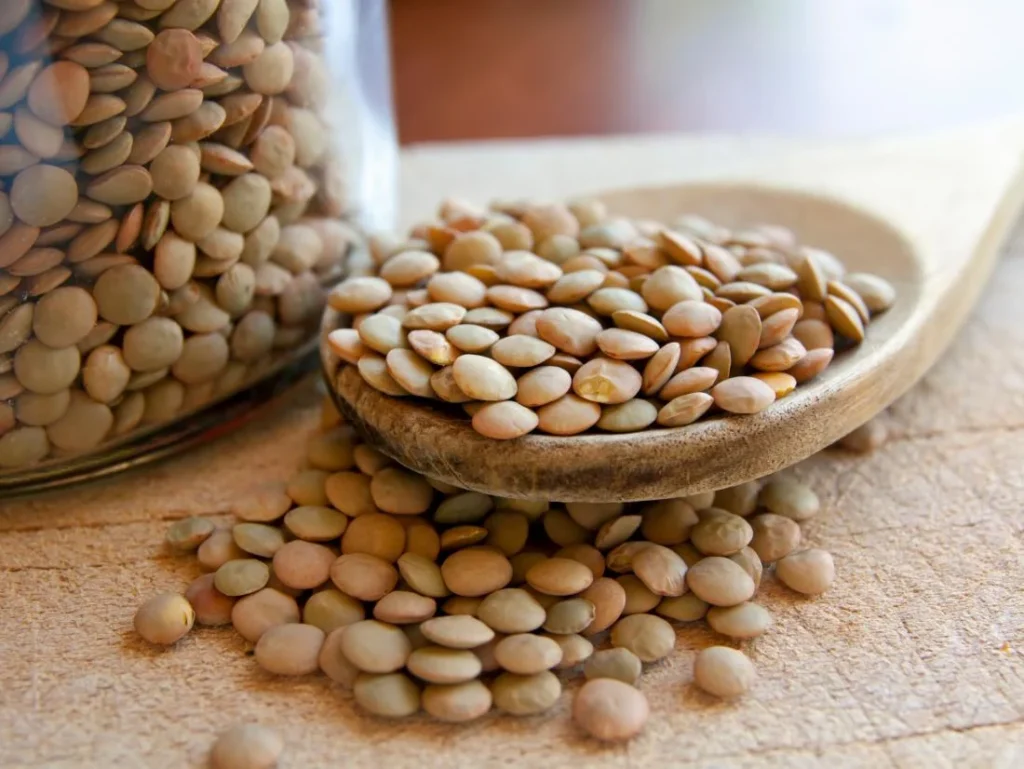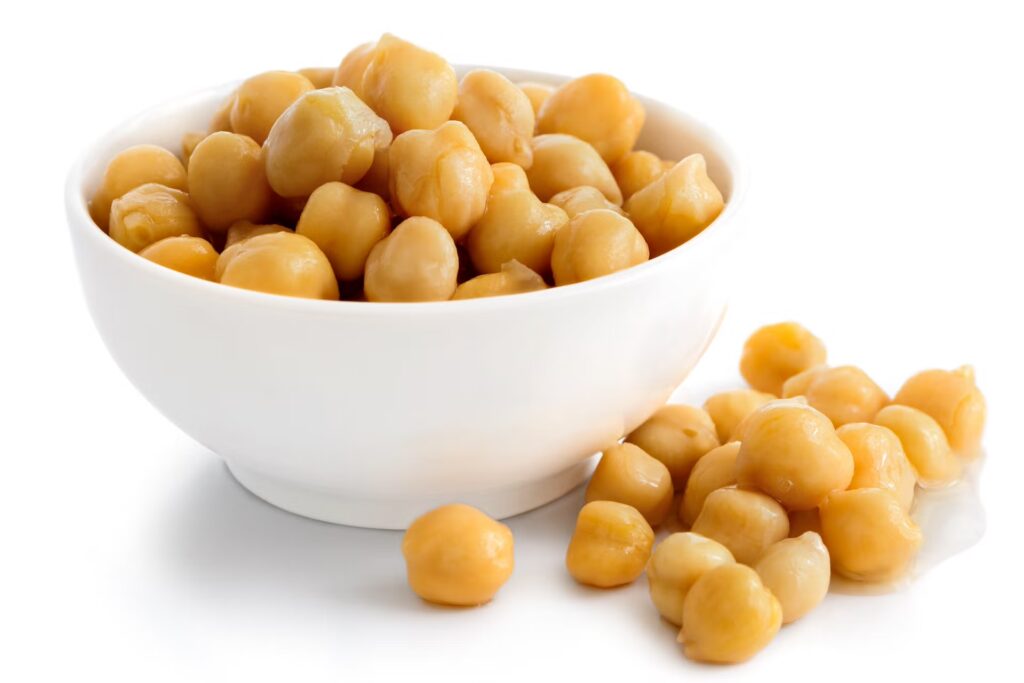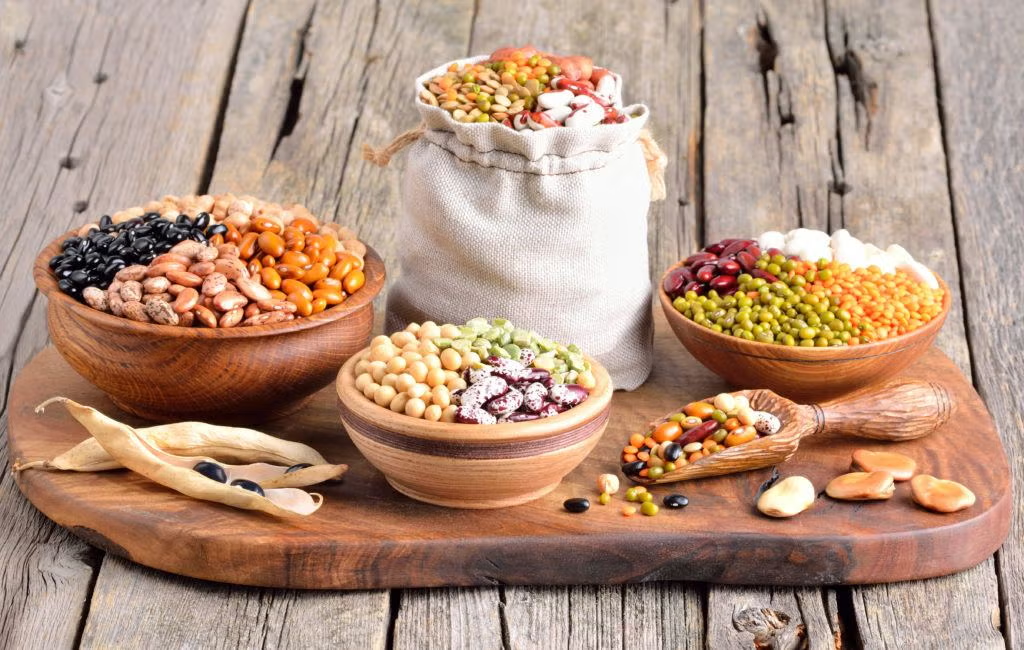Exploring Different Types of Legumes and Their Nutritional Benefits
Legumes are a powerhouse of nutrition, offering a rich source of plant-based protein, fiber, vitamins, and minerals. They are not only versatile in cooking but also provide numerous health benefits, such as supporting digestion, heart health, and blood sugar control. Here are three popular types of legumes and their unique nutritional benefits.

1. Lentils: The Protein-Rich Superfood
Lentils are one of the most nutrient-dense legumes, making them a staple in many vegetarian and vegan diets. They come in various types, including green, brown, red, and black lentils, each with slightly different textures and flavors.
Nutritional Benefits:
- High in protein – A cup of cooked lentils provides around 18 grams of protein, making them an excellent plant-based protein source.
- Rich in fiber – Lentils contain both soluble and insoluble fiber, aiding digestion and promoting gut health.
- Packed with iron – A great source of non-heme iron, which is essential for oxygen transport in the body.
- Supports heart health – Lentils are low in fat and high in folate and magnesium, which help reduce blood pressure and improve cardiovascular function.
How to Use: Lentils cook quickly and work well in soups, stews, salads, and even veggie burgers. Red lentils are great for creamy soups, while green and brown lentils hold their shape well in salads and side dishes.

2. Chickpeas: The Versatile Nutritional Powerhouse
Chickpeas, also known as garbanzo beans, are a staple in many cuisines worldwide, from Middle Eastern hummus to Indian curries. They have a nutty flavor and a firm texture, making them incredibly versatile.
Nutritional Benefits:
- Rich in plant-based protein – A cup of cooked chickpeas provides about 15 grams of protein, supporting muscle growth and repair.
- High in fiber – With around 12 grams of fiber per cup, chickpeas help with digestion and promote a feeling of fullness.
- Stabilizes blood sugar – The combination of protein and fiber helps regulate blood sugar levels, making them a great choice for diabetics.
- Packed with essential vitamins and minerals – Chickpeas are a good source of folate, iron, phosphorus, and manganese, which support overall health.
How to Use: Chickpeas can be roasted for a crunchy snack, blended into hummus, added to salads, or used in hearty stews and curries. Aquafaba (the liquid from canned chickpeas) is even used as an egg substitute in vegan baking.

3. Black Beans: The Heart-Healthy Legume
Black beans are a staple in Latin American cuisine, known for their dense texture and rich, slightly sweet flavor. They are not only delicious but also incredibly nutritious.
Nutritional Benefits:
- Excellent source of protein and fiber – A cup of black beans provides about 15 grams of protein and 15 grams of fiber, promoting satiety and digestion.
- Supports heart health – Black beans contain antioxidants and magnesium, which help lower blood pressure and reduce inflammation.
- Helps regulate blood sugar – Their low glycemic index and fiber content help prevent blood sugar spikes.
- Rich in folate – Essential for cell growth and development, particularly important for pregnant women.
How to Use: Black beans are great in soups, tacos, burritos, and veggie burgers. They can also be mashed and used in dips or even incorporated into brownies for a healthier twist.


